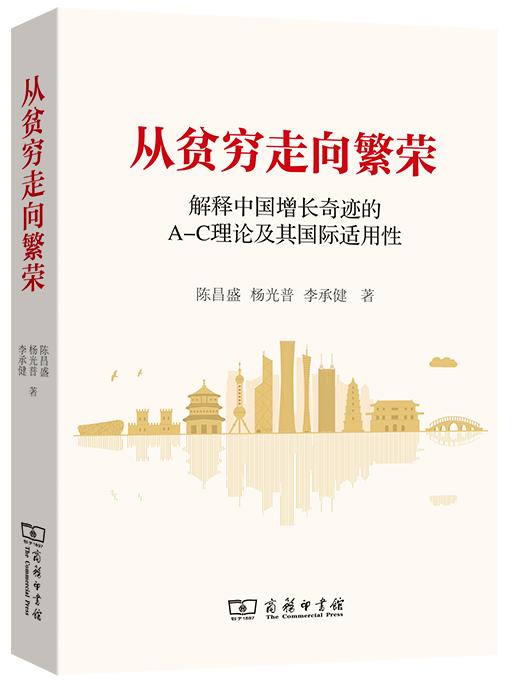
This book uses a new theoretical framework of political economy (the A-C Theory) to explain China’s economic growth miracle over the past few decades and its rise from poverty to prosperity in a relatively short period of time. Based on the two core concepts of “Economic Accessibility” and “Political Governance Cohesion”, the A-C Theory emphasizes that the effective combination of cohesive political governance and access to an open economic system is the basic condition of a country’s prosperity. Cohesive political governance, in contrast to conflict political governance, refers to the form of political governance that can form a stable social order, effectively reach social consensus, and promote collective action. Access to an open economic system, rather than a restricted one, refers to establishing the institutional arrangement that can ensure people participate in economic activities freely and conveniently. It is the transition from conflict to cohesive political governance and from a restricted to an open economic system, which leads to effective combination and positive interaction of single-peaked unbiased political governance and access to an open economy, and China’s economic growth miracle. Within this framework, this book further tests the historical and international applicability of the A-C Theory by sorting out China’s developments since the Revolution of 1911 and analyzing typical countries as well as the panel data of 209 countries or regions.
